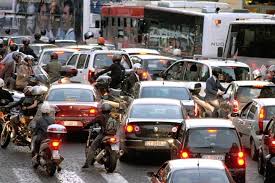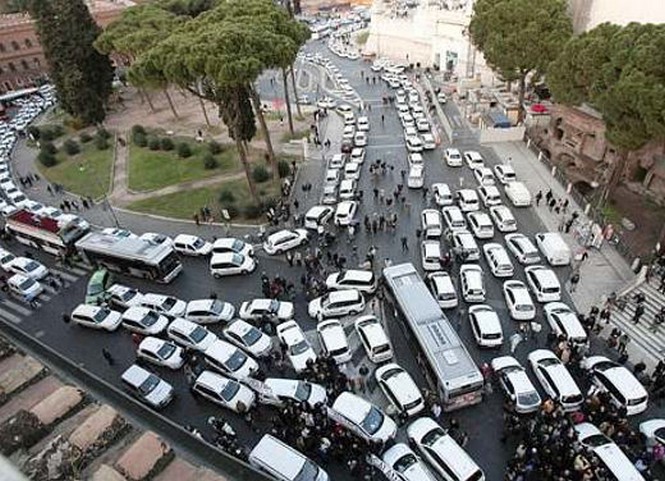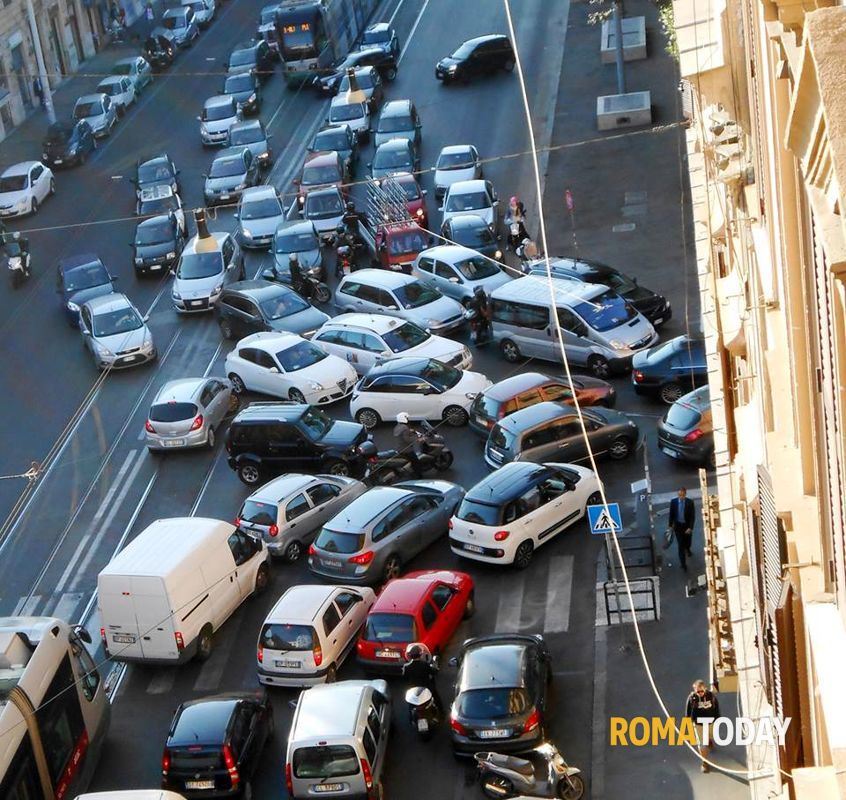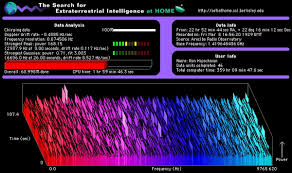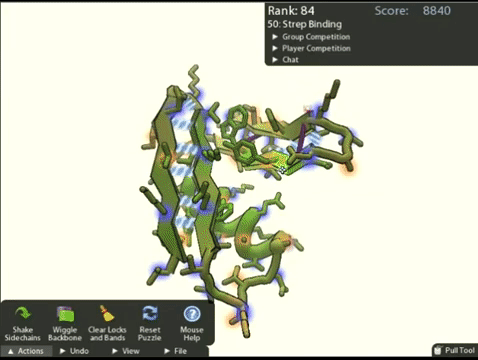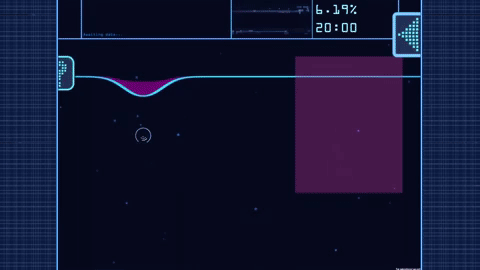Rome public transport are "not so good".
Ok. But how much compared to the other cities?
Where is the better served [by public transport] place in the city?
And in the world?
Urban Accessibility measures
Boundaries and Tessellation.
It is possible to compute isochrones
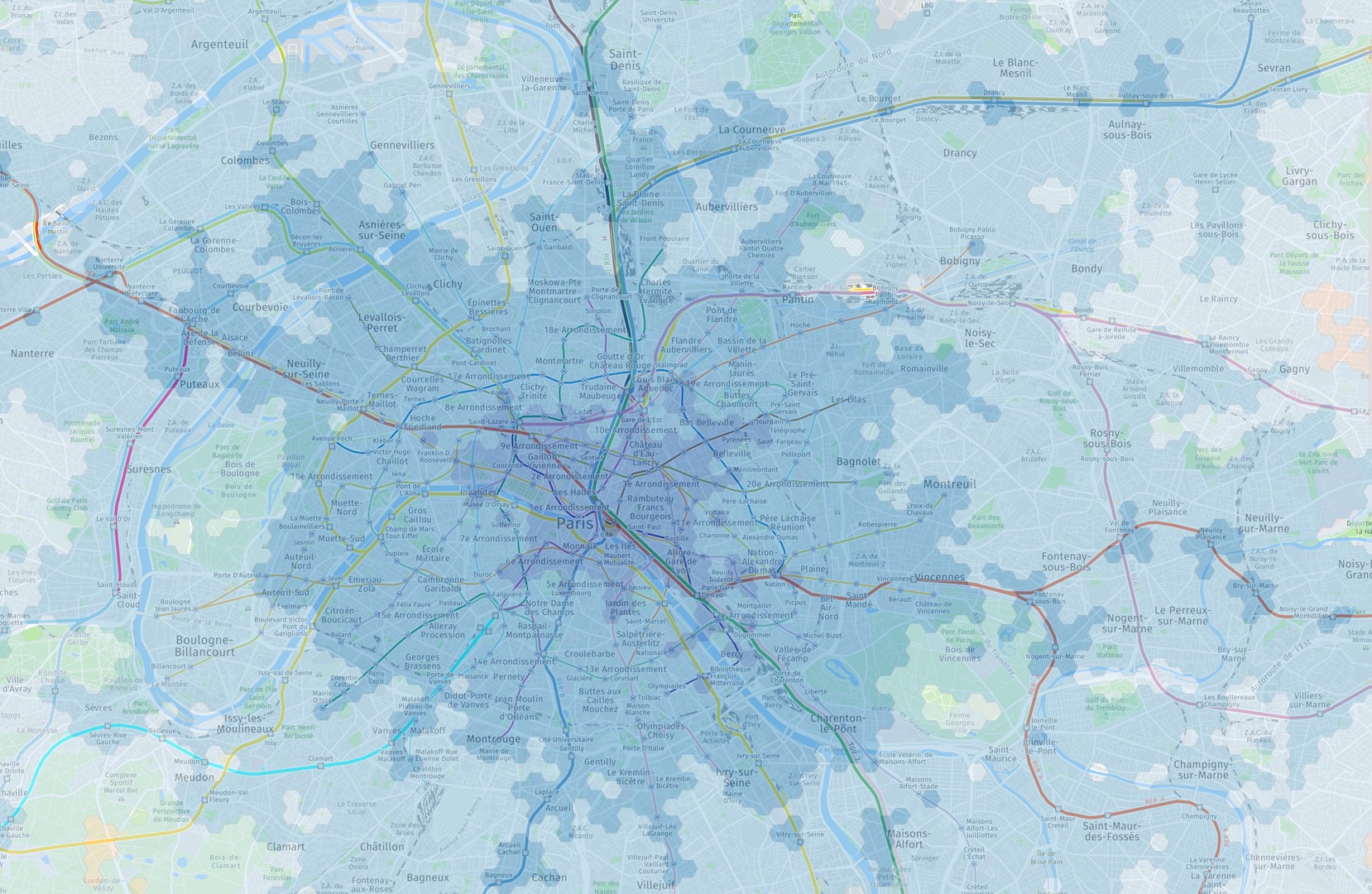
First step towards an accessibility measure:
The larger isochrones are, the faster you move.

Velocity Score
Average velocity taking a random direction
Paris
Rome

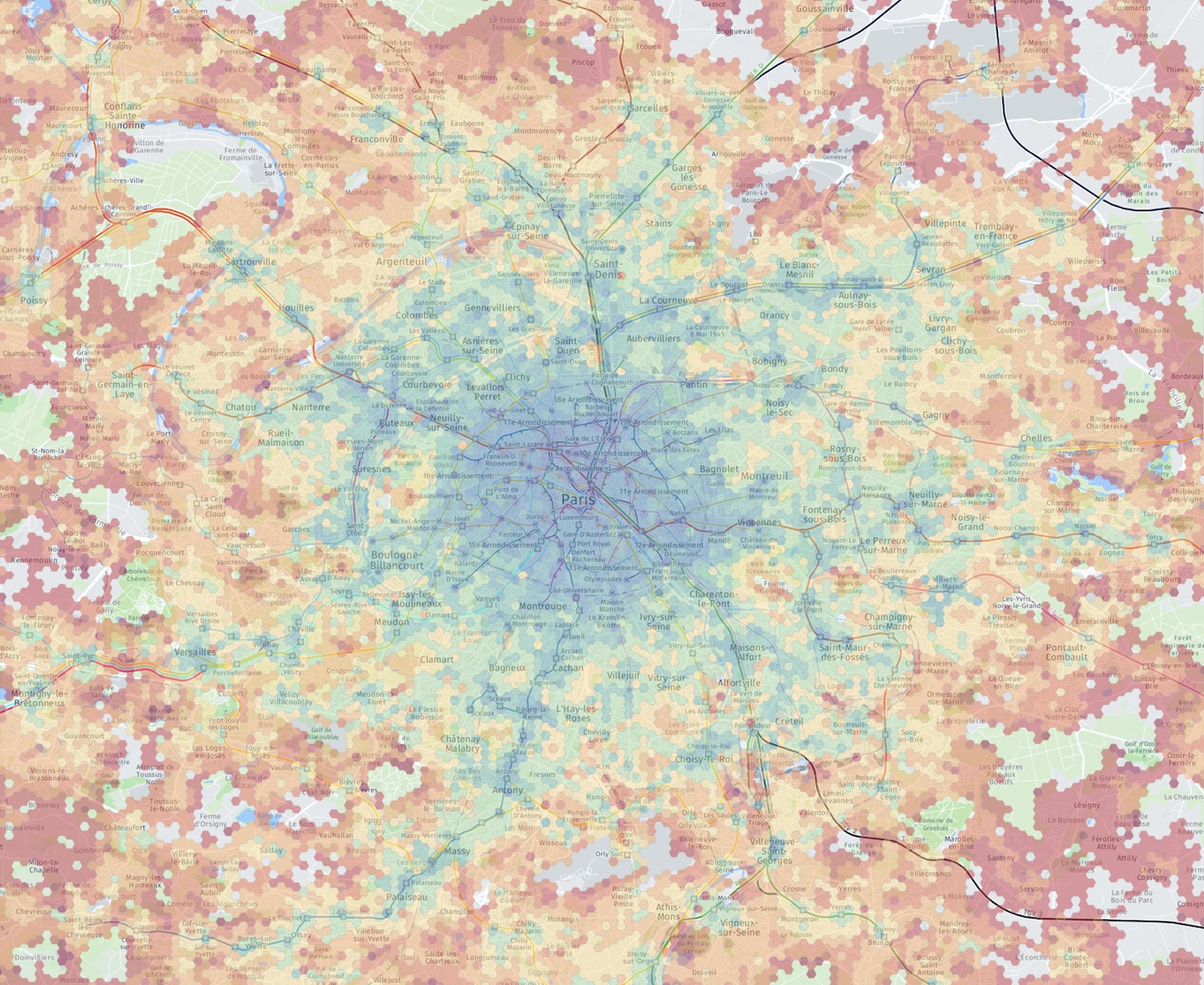
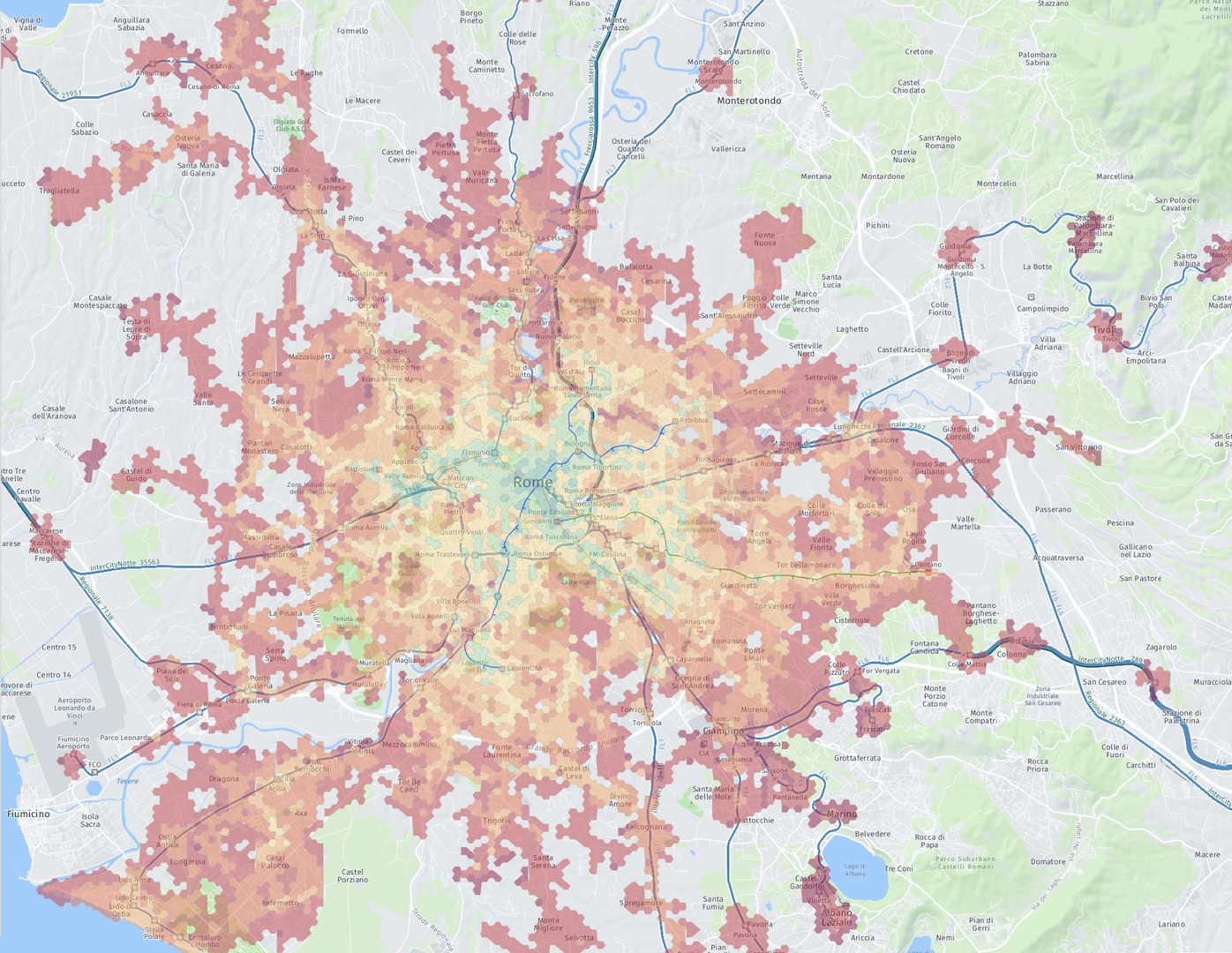
interactive maps and more cities:
Sociality Score
Number of people is possible to reach in a typical day trip starting from a point.
Paris
Rome
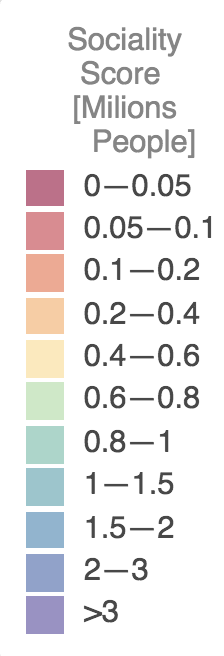
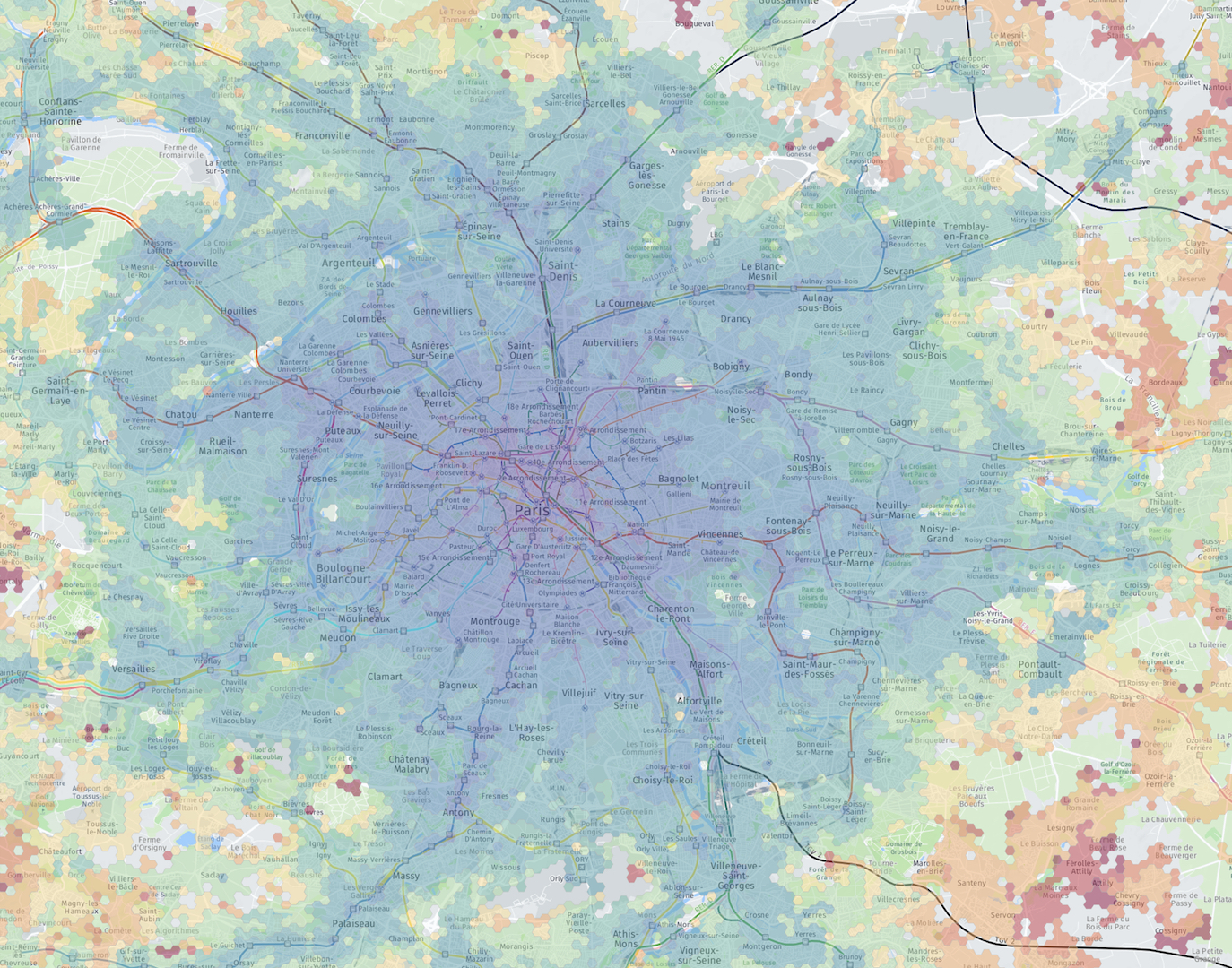
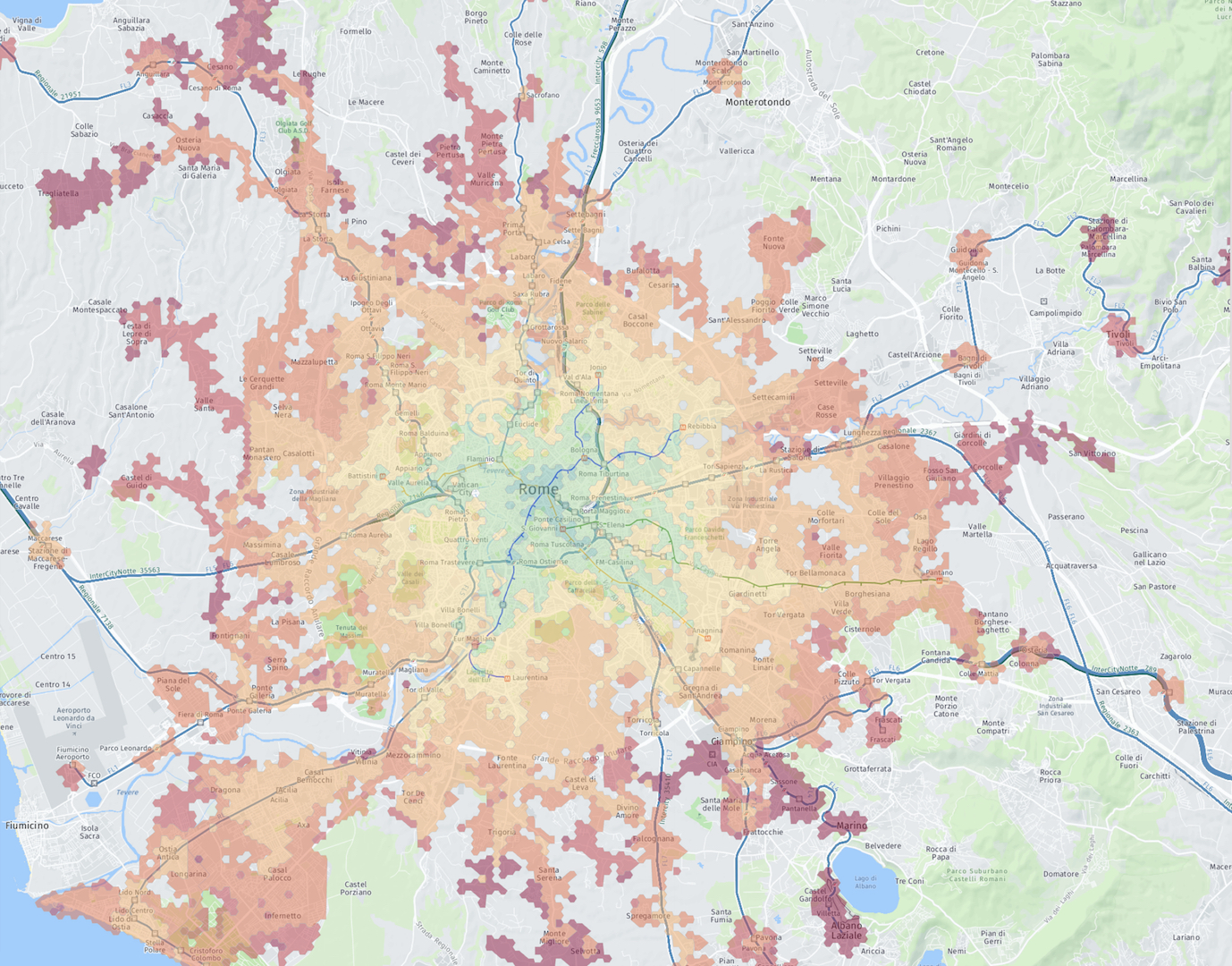
interactive maps and more cities:
City Rankings
City Velocity
Velocity Score per person
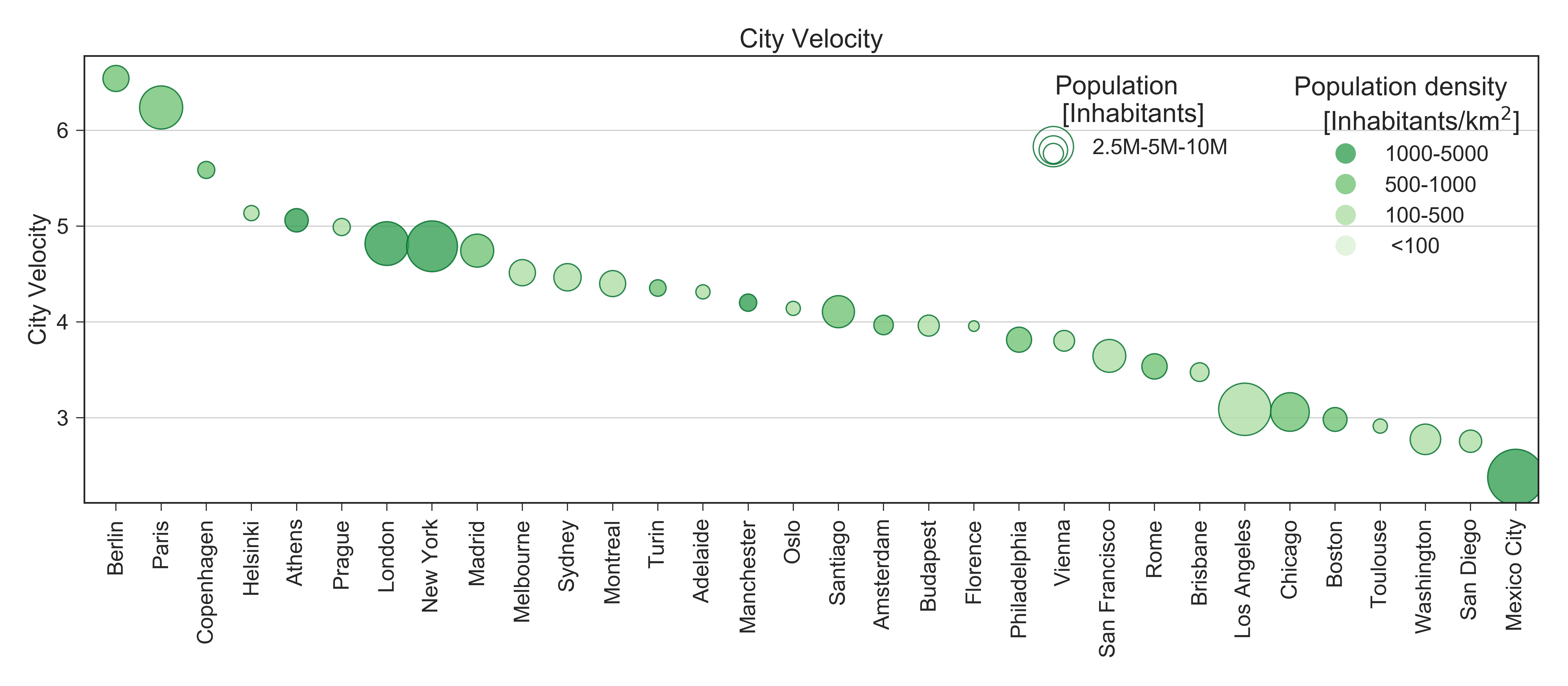
City Sociality
Sociality Score per person
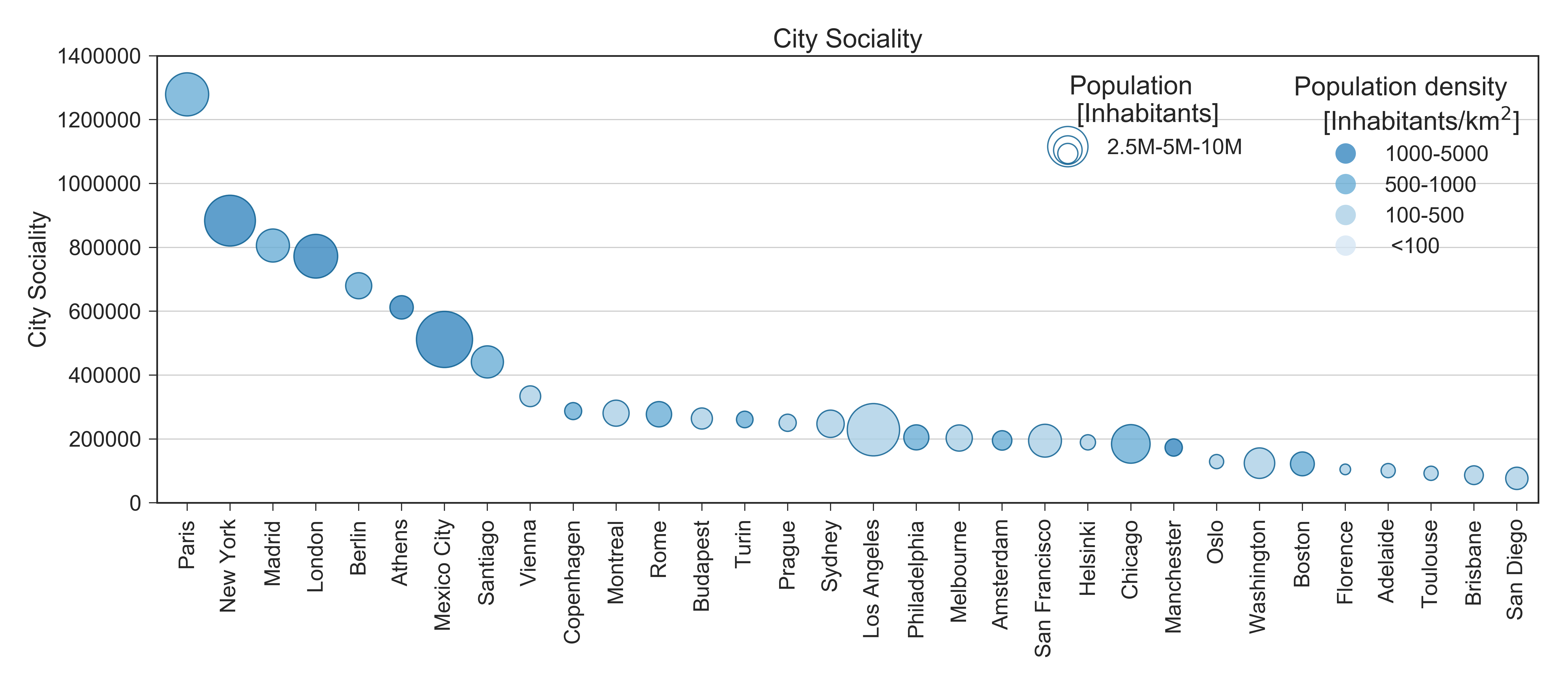
Cohesion
City Sociality divided by total population
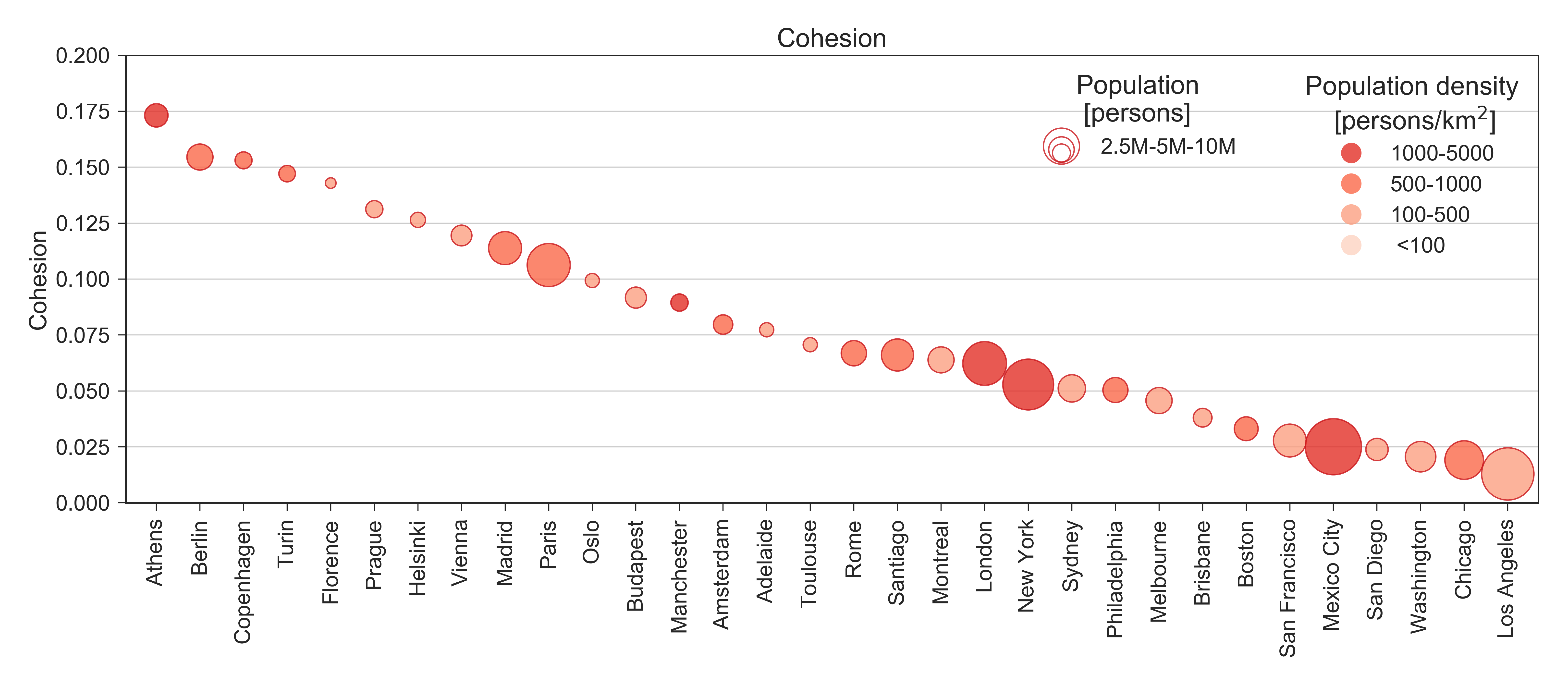
Distributions
Values distribution
Area distributions - Population distributions
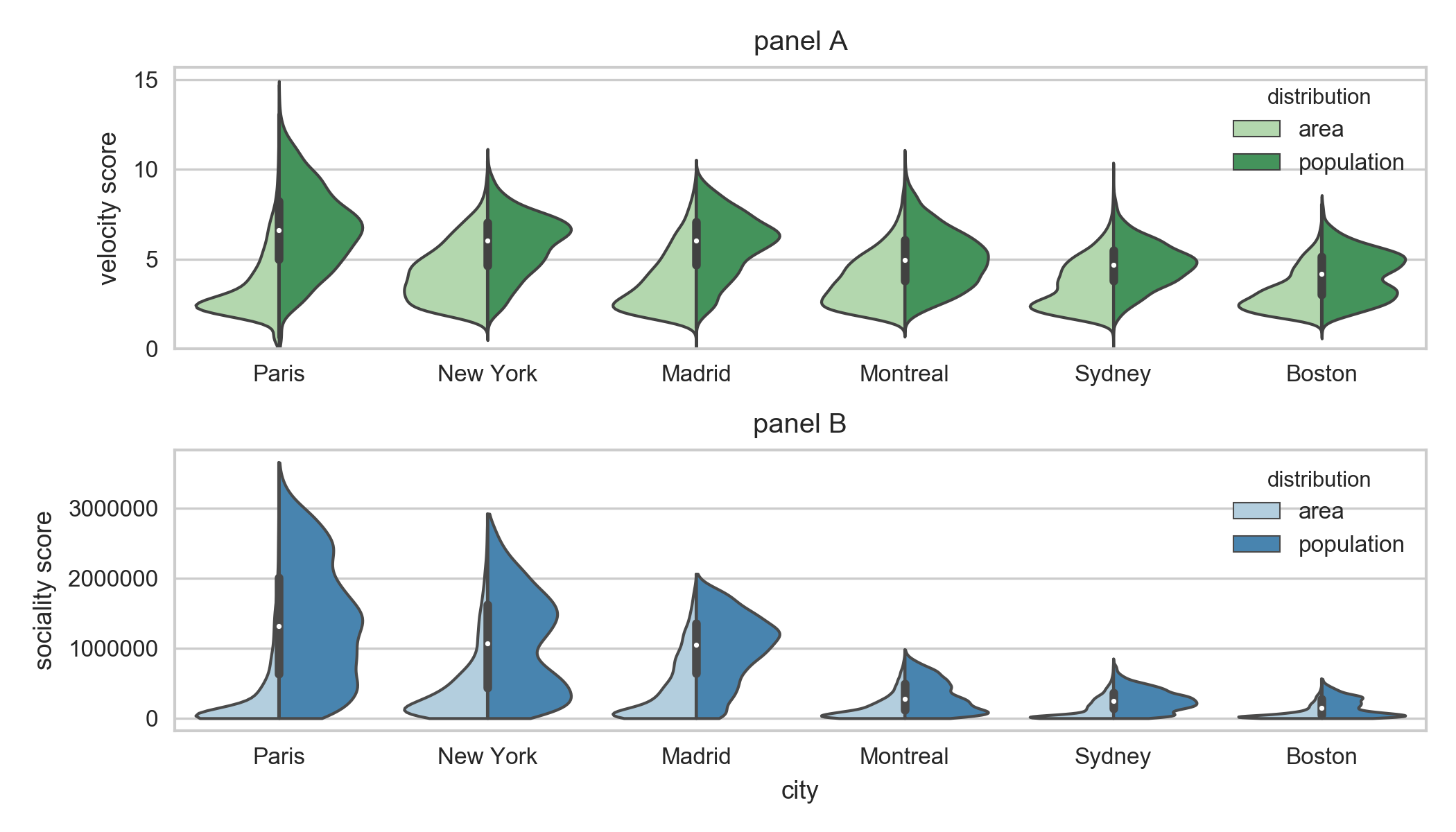
Inequality distribution of
accessibilities

Exponential decay from the center of the city.

fitting function: \(f(t) = e^{-t/\tau} + \sigma_0 \)

Exponential decay from the center of the city.
fitting function: \(f(t) = e^{-t/\tau} + \sigma_0 \)

Why these patterns are observed in all cities?
Are these inequalities unavoidable?
Can be modified or optimized?
In which way?
CityChrone
Interactive platform
CityChrone
Interactive platform
Now I know how much Rome public transports suck
What we have to do to reach Paris?
What are the best interventions given a budget?
Let's Play!
CityChrone
Interactive platform for exploring new scenario
Budget: 5 Bilion €
Name Scenario: Gram Author: Pietro
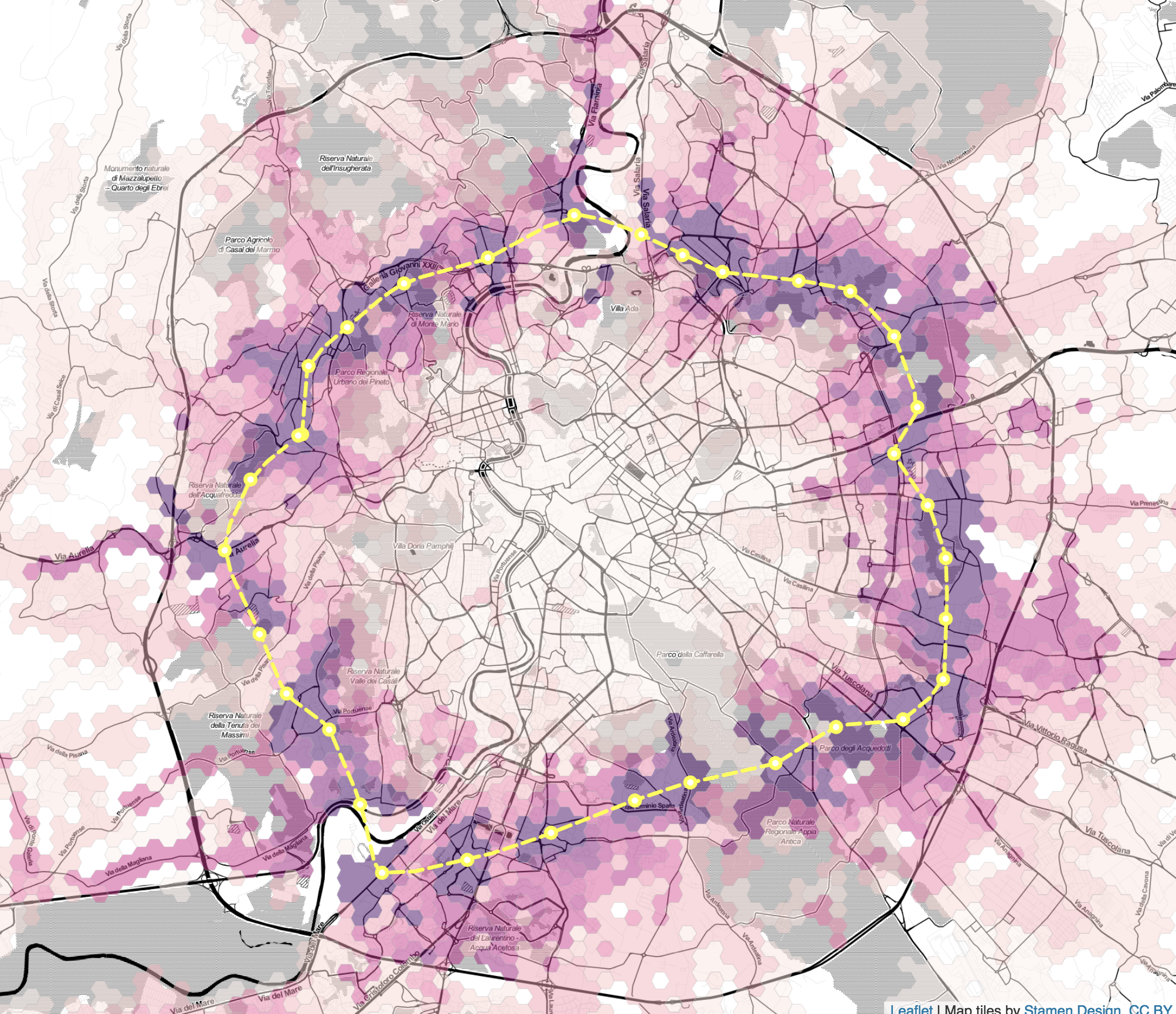
After 1 year
Name Scenario: rer + circle Author: mat
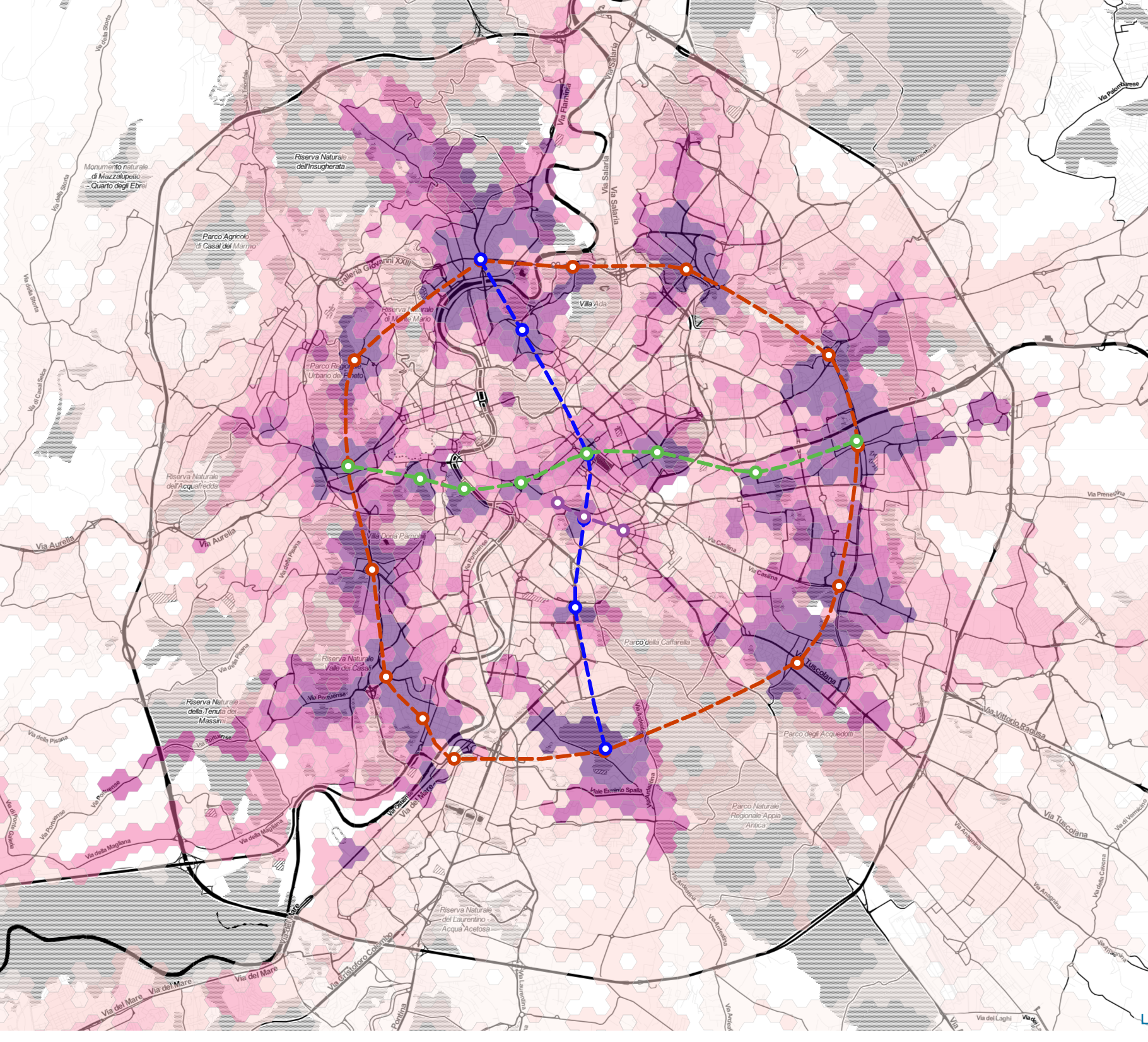
Collaborators:




